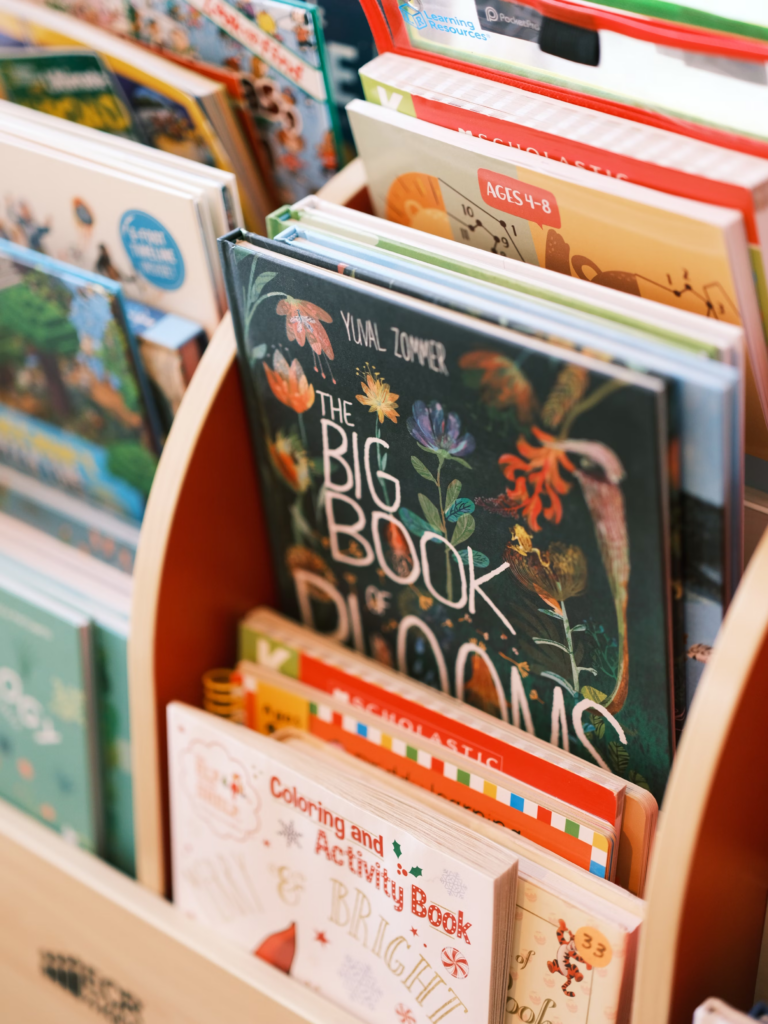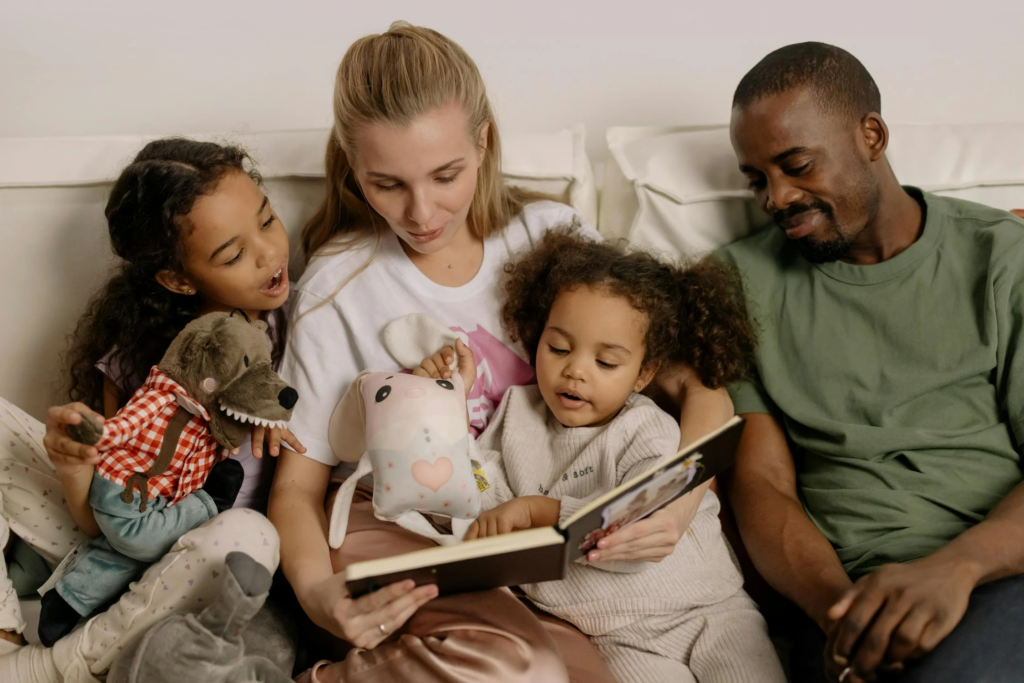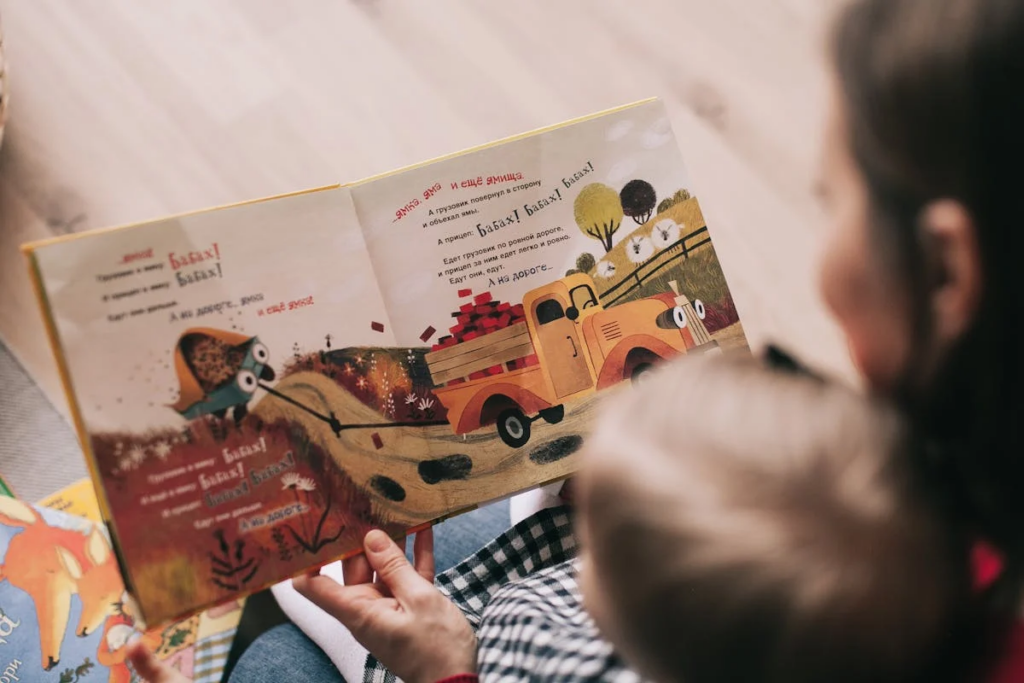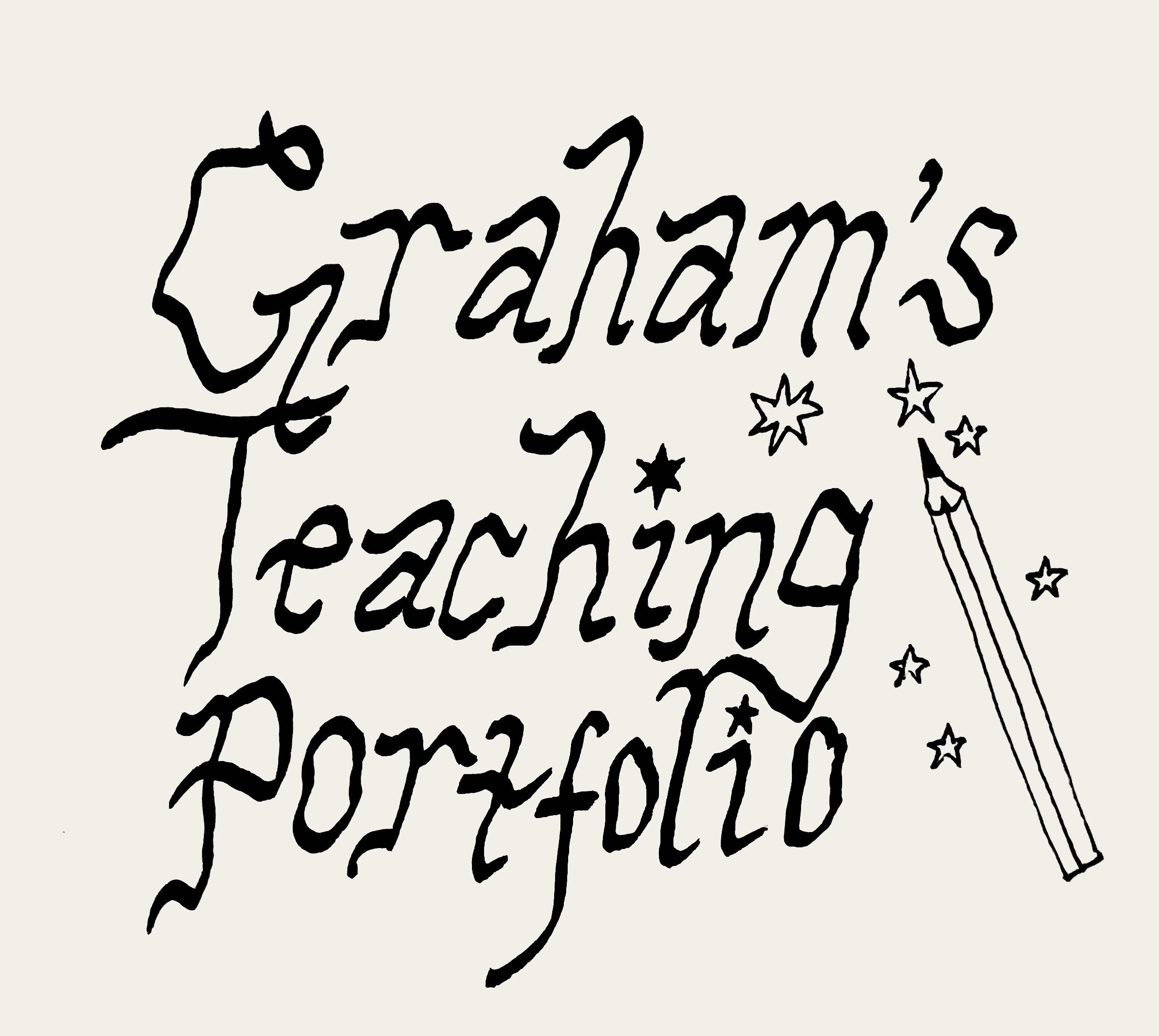
Welcome to the library, are you ready to get read? Just kidding- the fun and silly drag culture practice of “reading” someone is not at all literacy related, but I felt it was right to start with a joke after last week’s heavier post. In drag culture, “reading” someone means throwing a sassy, witty, personal comment their way with the intention of getting a similar sassy response back. It’s a bit like a roast battle, the intention is usually to make a smart and funny jab without being truly hurtful. It’s an art, really. Anyhow, onto the most important type of reading: books for children.

One of my main goals as a future teacher is to promote literacy. I always knew this was one of the pillars of teaching, but I didn’t realize how important (and sometimes difficult) of a task it was until reading From Striving to Thriving (Stephanie Harvey and Annie Ward, Scholastic) in my Literacy and Language course this semester. This wonderful book taught me that positive, fun experiences with reading in elementary school make all the difference in creating lifelong readers and strong students. It also taught me that so much of literacy is not just about reading the words, but meaning-making and drawing connections. I had already pondered creating a drag story time project, but this made me certain that it was something I wanted to do.

My end goal with this project is to create a drag character (specifically tailored to drag story time) and an accompanying social media profile. I’d like to use this profile to post a video of myself in character reading a children’s book with a matching drag look to really bring the story to life, and to keep this as a private portfolio of my work. But first, I want to learn more about what typical book choices look like for drag story hours. After all, the goal of DSH is to include and celebrate everyone, and I want to go into this with an idea of what types of books children and families like to see to feel included and celebrated.

Here are a few book recommendations I found that were put forward by San Francisco’s DSH chapter:
-My Princess Boy (Cheryl Kilodavis)
-Jacob’s New Dress (Sarah Hoffman)
-Morris Micklewhite and the Tangerine Dress (Christine Baldaccio)
-And Tango Makes Three (Justin Richardson)
-This Day in June (Gayle E. Pitman)
-I am Jazz! (Jessica Herthel)
-Heather Has Two Mommies (Lesléa Newman)
All of these books are excellent, but for my first drag story time, I want to choose a book that really stood out for me as a kid. Don’t get me wrong, 5 year old Graham thought Heather Has Two Mommies was fairly interesting, but I have always been more interested in picture books that lean into the surreal. I am also pretty interested in reading banned books. At the beginning of this project when I was still brainstorming, my teacher suggested reading or including banned books in my project, which made me go “Darn, why didn’t I think of that?”. I looked into banned books this week because nearly every book about LGBTQ+ people (or penguins) has been banned somewhere at some point, such as the books listed above.

I was shocked to find out that The Paper Bag Princess by Robert Munsch, one of my favourite books ever, appeared on many lists of commonly banned books! Apparently this is due to its portrayal of reversed gender roles, because if you haven’t read it, the Paper Bag Princess is a smart and strong girl who rescues a prince and then realizes she doesn’t need him anyways. Now I was certain this was the perfect book for my first drag story time. It’s perfect because it’s a story that plays by nearly all the rules of “acceptable” kids books in the eyes of many socially conservative people, yet it still has been banned for depicting the slightest whiff of deviation from social norms. Since I am creating my Instagram profile for the purpose of sharing it with my peers and potential librarians (I’d love to do an in-person story time one day!) I want to tell a story in a way that sends a bigger message to adults.
The message I want to send is that among many wonderful things, drag story time is a tool for pushing back against the censorship of children’s literature. And just because you aren’t LGBTQ+, or just because you’re a friendly white Canadian who loves (sort of) traditional fairy tales, it doesn’t mean “your books” are safe from being banned. So let’s stick together, everyone, and ensure that our kids get access to all the books that represent who they are.
Links:
https://marinet.bibliocommons.com/list/share/639095537/986909047
https://epl.bibliocommons.com/list/share/69128707/70680896?page=3
